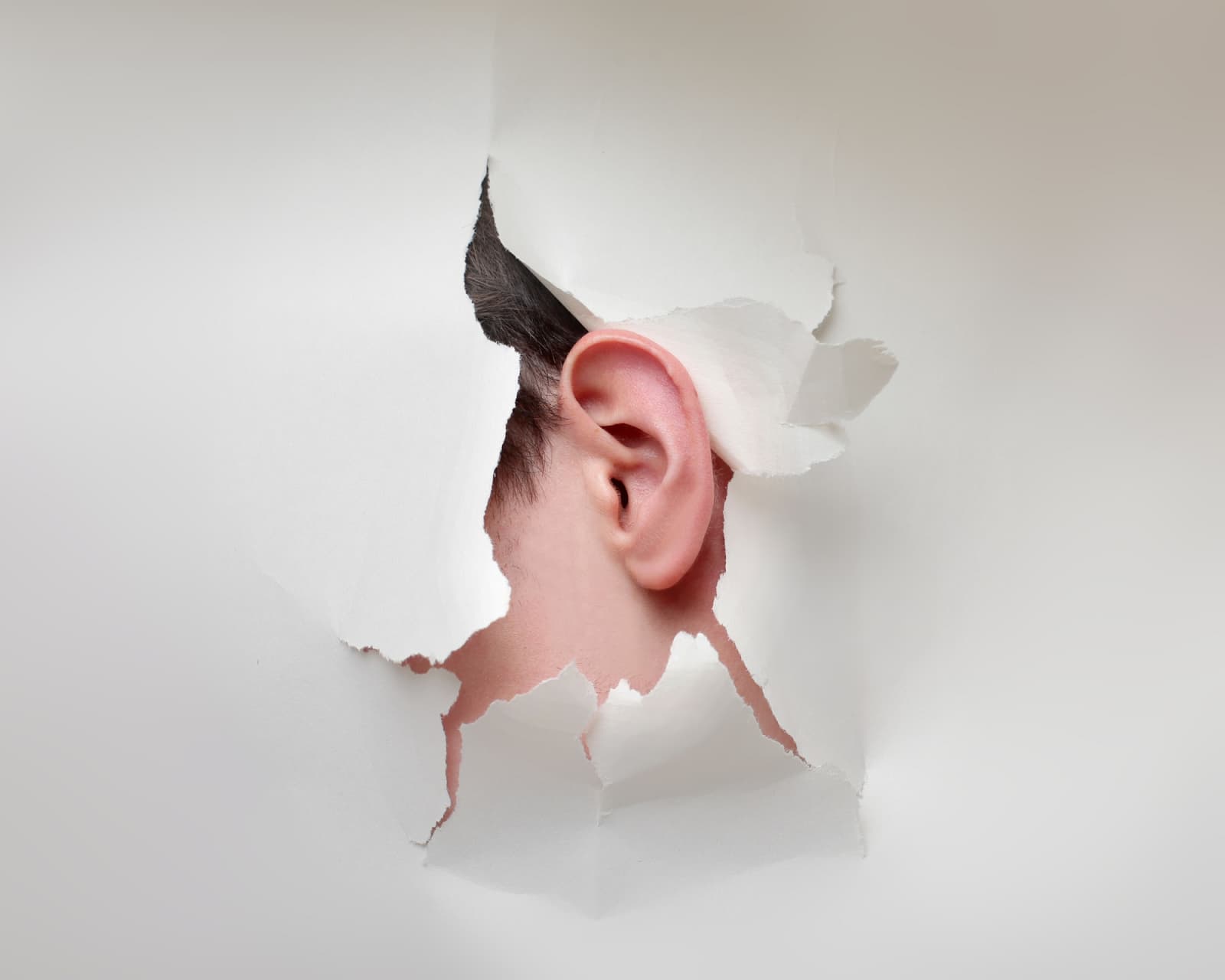There are many things people don’t discuss- what happens at Fight Club and earwax- but maybe they should. Well, perhaps not Fight Club. But they should talk about earwax because it is more than just a gross body secretion.
It is a necessary part of the hearing process. Understanding how it functions and the right way of treating earwax problems is an integral part of maintaining hearing health. Hearing Associates of Las Vegas can evaluate your hearing and help determine if earwax buildup is a problem for you.
What is Earwax?
Cerumen is the waxy substance generally known as earwax. Although it has the sticky appearance of yellow wax, it is actually made up of fatty substances and secretions from the ceruminous and sebaceous glands in the skin of the outer ear canal. Skin cells, dirt, and sweat get mixed in and become part of the waxy substance.
What is the purpose of Earwax?
Earwax serves several functions in the ear:
- Lubrication- Earwax moisturizes the ear.
- Protection- Earwax and tiny hairs trap dirt and dust before reaching the more fragile structures deeper in the ear, such as the eardrum, where they could cause damage. It also has chemicals that help prevent infections.
- Cleaner- Earwax acts like the children’s activity goo known as slime. It picks up and traps dead skin cells, bacteria, and debris as it comes into contact with them.
The Color of Earwax
Earwax varies in color.
- Yellow, orange, or light brown indicates healthy ear function.
- Dark brown or black shows that the wax is older and has more debris, such as dirt and bacteria trapped in it.
- Any hint of red in earwax should be evaluated because it can indicate bleeding in the ear.
Should Earwax Be Cleaned Out?
In most cases, earwax should be left alone. Having the appearance of too much earwax is not a matter of poor hygiene. The volume of earwax production depends on many factors, such as age, ethnicity, and diet.
The ear is self-cleaning, and the wax moves outside on its own with help from the motion of the jaw during chewing and talking. Manually removing earwax can increase earwax production, which can lead to producing too much. Unless you are experiencing symptoms, leave it alone.
When Wax Goes Wrong
Sometimes people worry that they have too much earwax, but overproduction of it is not common. Only 1 in 20 adults experience it, but the symptoms can range from annoying to painful when it happens.
Those who overproduce ear wax include people with ear structural malformations, people with an abundance of hair in their ears, those with chronic ear infections, and the elderly. Occasionally, particularly in older adults, wax can lose the characteristics that help with ear lubrication, particularly in older adults.
It becomes drier and harder, which can lead to buildup. When earwax buildup starts to cause symptoms, it is called ceruminosis.
Symptoms of ceruminosis that require attention include:
- Itching inside the ear
- A cough
- Pressure or pain
- Dizziness
- Ringing in the ear
- Hearing loss
External causes of Wax Build Up
Earbuds and hearing aids can block the flow of wax out of the ear and the flow of air into the ear since they sit in the ear canal. This can interfere with the ability of the ear to expel wax.
These devices can also push wax further back into the ear. If you use these devices, keep them clean to prevent them from introducing bacteria into the ear. Also, make sure that an auditory professional, such as Hearing Associates of Las Vegas, monitors your ear’s wax level and how it affects your hearing.
Swab Decks, Not Ears
People frequently try a do-it-yourself approach to end earwax build-up symptoms, using cotton swabs or sharp objects, such as paper clips or toothpicks, to swipe out earwax.
NEVER put anything in your ear. Any object inserted into the ear can cause the wax to compress and push it further back into the ear, resulting in earwax impaction. This can lead to more pain, ear infection, decreased hearing, and can cause possible long-term damage to the eardrum. Sharp objects can even puncture the eardrum. Only hearing professionals should examine or treat the interior parts of the ear.
What to do for Earwax Buildup Symptoms
For mild symptoms of ceruminosis, over-the-counter methods of earwax removal are available. These usually involve irrigation of the ear to loosen wax so that it flows into the outer ear, where it can be removed.
The best way to determine overall ear health and remove earwax safely is to make an appointment with a hearing professional. They have several methods of removing earwax:
- Irrigation with a syringe- flushing out the wax with water and either a saline or hydrogen peroxide solution
- Suction- vacuuming out excess wax
- Removal by curette- using a special curved tool to evacuate impacted wax
If you have any concerns with excessive ear wax, let Hearing Associates of Las Vegas provide a comprehensive evaluation and solution!




Leave a Reply